- Home
- slideshows
- miscellaneous
- 24 assassinations that changed the world
24 assassinations that changed the world
Rome's ruler Julius Caesar was assassinated in 44 BC.

President Abraham Lincoln was assassinated in 1865.
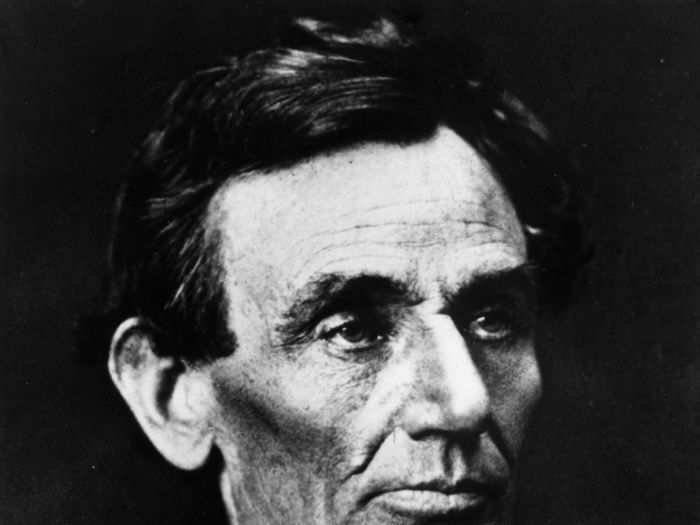
A 26-year-old actor named John Wilkes Booth shot Lincoln in the head while he was at the theatre in Washington D.C., five days after the Civil War ended.
Some in the South celebrated his death. Lincoln's Vice President Andrew Johnson replaced him, and struggled to reunite the country after the war.
During Reconstruction, Johnson was lenient to the Southern states, which led to restrictive "black codes" that ended up decimating the freedoms of freed slaves.
President William McKinley was assassinated in 1901.
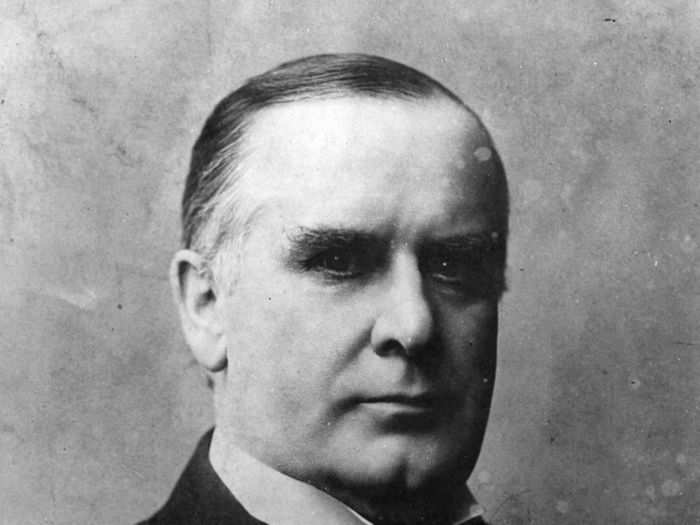
A 28-year-old anarchist named Leon Czolgosz shot McKinley during a fair in Buffalo, New York. He died eight days later.
While he may not be as well known as many on this list, his death led to the modern version of the Secret Service, which ensures the president is adequately protected.
Archduke Franz Ferdinand was assassinated in 1914.
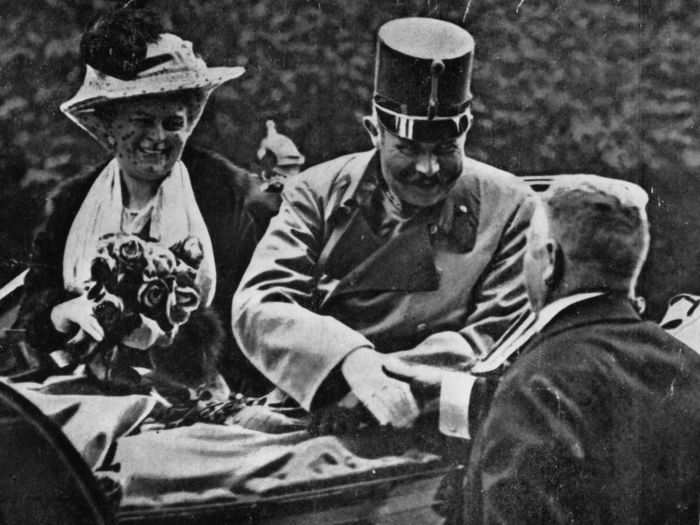
Serbian student Gavrilo Princip, 18, shot the archduke as he drove through Sarajevo, Bosnia.
Ferdinand was the heir to the Austro-Hungarian empire, so his death wasn't taken lightly. After he died, the empire declared war on Serbia. International allegiances pulled other countries into the conflict, which led to World War I, and the death or injury of more than 37 million soldiers.
As The New York Times wrote in 1915: "What face the world will wear when it is all over no man can predict, but it will be greatly changed, and not geographically alone."
Russian Tsar Nicholas II was assassinated in 1918.
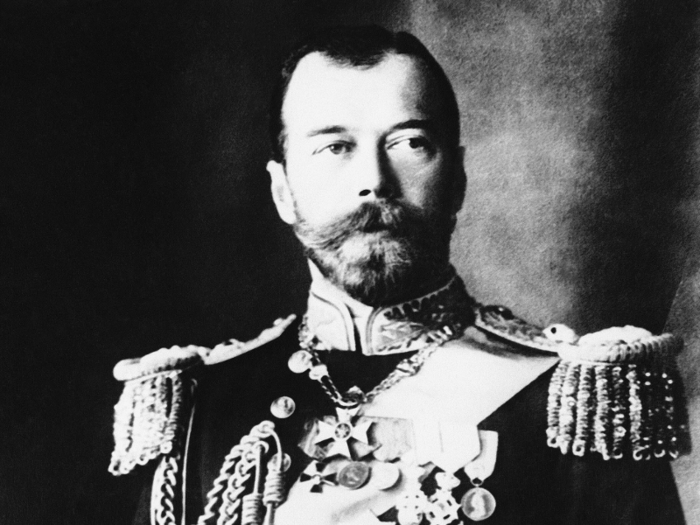
The tsar, his wife, and their five children were shot to death in a basement by Bolsheviks, a revolutionary socialist group, who had been holding them hostage for months.
It was a brutal and poorly performed execution, in part because the children had diamonds sewn into their clothes to keep them hidden. But the gems acted like bullet-proof vests, prolonging the execution.
The assassination of the Romanovs meant the end of the royal line for Russia. The country went from being ruled by imperial tsars to being a communist state, led by Joseph Stalin.
Mexican general Emiliano Zapata was assassinated in 1919.
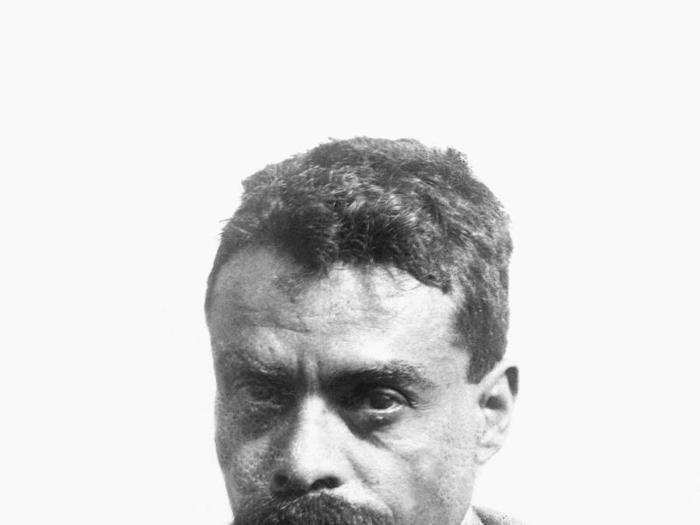
General Emiliano Zapata was assassinated during the Mexican Revolution on the orders of then Mexican President Venustiano Carranza.
Zapata had fought for poor farmers throughout his life. After his death he became a symbol for Mexican peasants and the working class. History.com reported that his land reforms are still important to many Mexicans today.
Indian leader Mahatma Gandhi was assassinated in 1948.
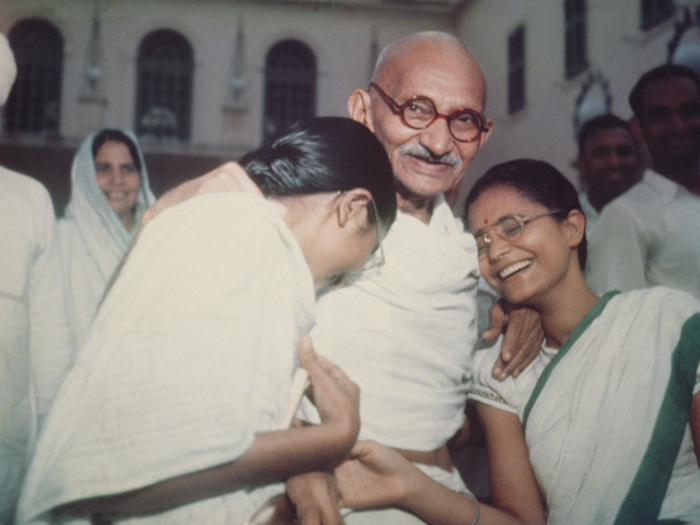
Mahatma Ghandi, who successfully helped India gain political independence from Britain in 1947, was killed by a Hindu extremist on the way to evening prayers.
He led many famous peaceful protests, including a 241-mile march to the Indian coast to harvest salt, which in turn led to 60,000 peaceful protesters being imprisoned.
After his death, he has become a symbol of what mass protests can achieve, and an icon to later figures like Martin Luther King Jr. and former President Barack Obama.
Congolese President Patrice Lumumba was assassinated in 1961.
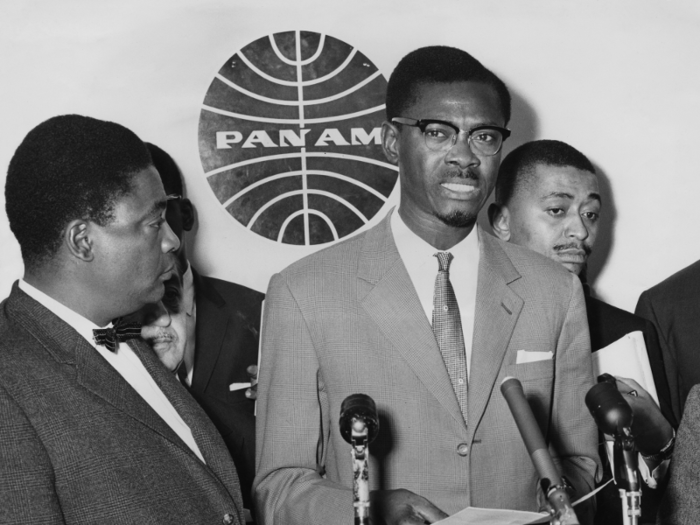
A police unit, under orders from a Belgium officer, assassinated Lumumba after a military coup overthrew his government.
Lumumba's assassination happened seven months after the Congo gained independence. According to NBC News, his killing led to widening chasm in US and African relations. The CIA had been involved, according to a later inquiry.
Today, Lumumba is an icon for many African nationalists, and a reminder of Western "treachery", according to the Irish Times.
South Vietnam President Ngô Đình Diệm was assassinated in 1963.
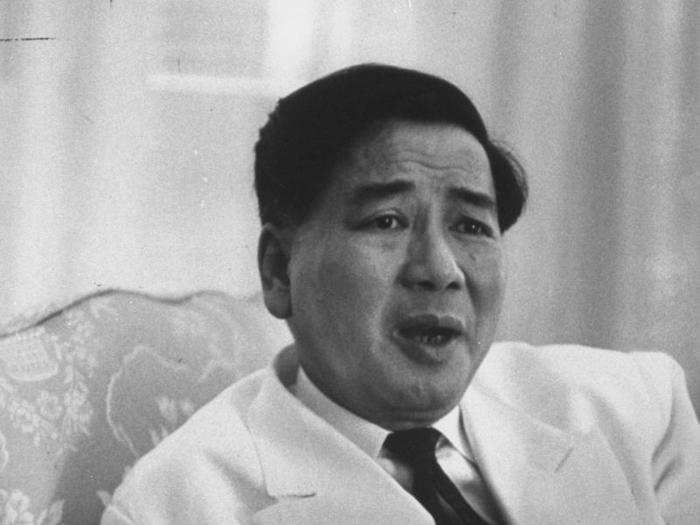
Diệm was assassinated along with his brother in the back of an armored car, after the US overthrew his government.
Former President John F. Kennedy, who had previously supported his rule in the 1950s, approved the coup. Diệm's death led to more US troops entering Vietnam.
As Newsweek's Jeff Stein wrote, the coup and Diệm's assassination led to "a nightmare that ended up killing 58,000 Americans (and 1.5 million Vietnamese), ripped the US apart and spawned a deep-rooted cynicism about the American political establishment that persists today."
President John F. Kennedy was assassinated in 1963.
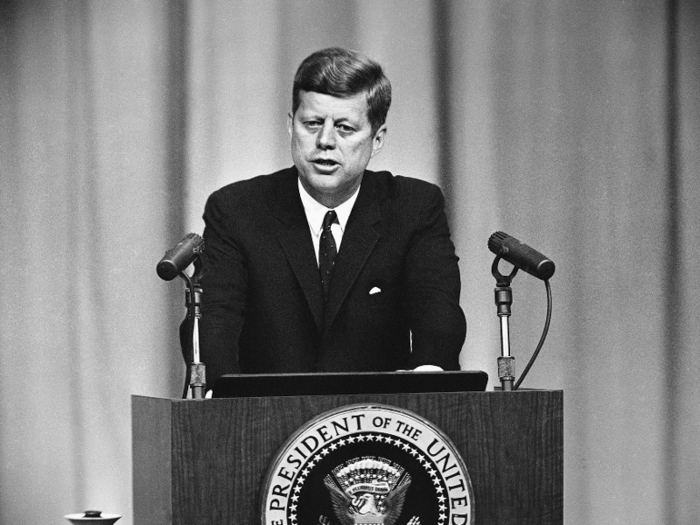
Kennedy, one of the country's most charismatic leaders, was shot twice by Lee Harvey Oswald while his motorcade drove through Dallas, Texas.
The nation's consuming grief over Kennedy's death allowed his successor, Lyndon B. Johnson, to successfully pass two anti-segregation laws — the Civil Rights Act and the Voting Rights Act.
African American leader Malcolm X was assassinated in 1965.
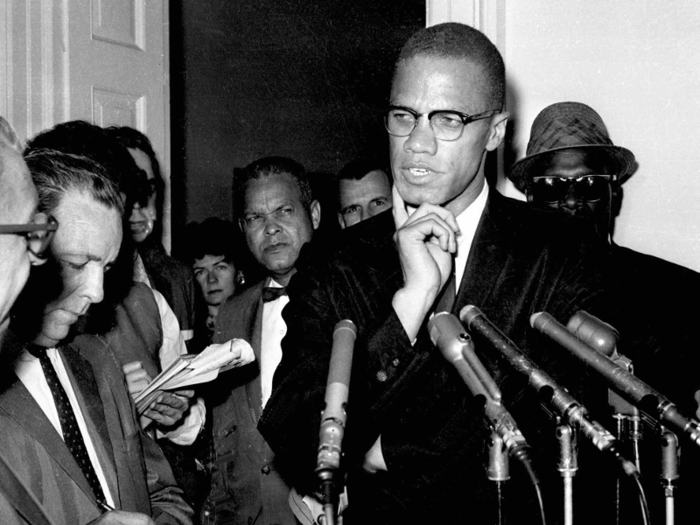
Malcolm X, a sometimes controversial religious and civil rights leader, was shot by members from the Nation of Islam.
The Nation of Islam was a religious group he used to be a minister for, before he broke away started his own group, called the Organization of Afro-American Unity.
Many expected his impact to wane after death, but the opposite happened. He became an icon for racist persecution. His rise was in part due to the publication of his autobiography a few months after his death. It was named one of Time's most important non-fiction books of the 20th century.
And according to Time, the combination of the book and his death caused his life story to be remembered for his perseverance rather than his focus on racial separatism.
Civil rights activist Martin Luthor King Jr. was assassinated in 1968.
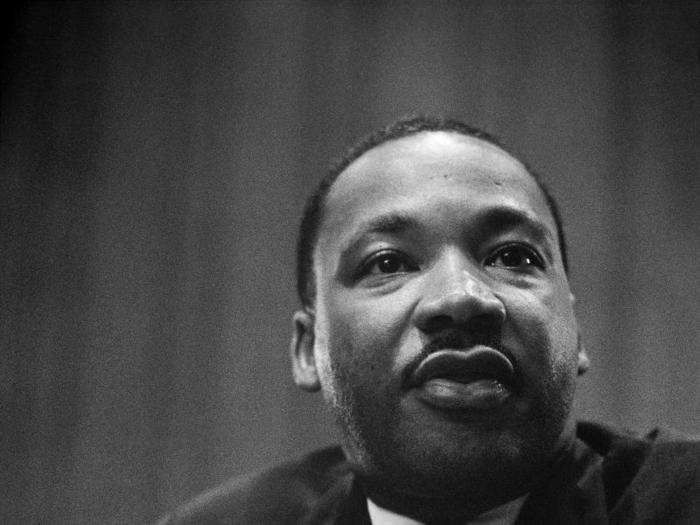
A 40-year-old convicted robber named James Earl Ray shot King dead in Memphis.
King was famous for his activism and empowering speeches. He led many non-violent protests, including the bus boycott after Rosa Parks was arrested for refusing to give up her seat on a bus.
After his death, King remains an icon of hope for racial unity. Peniel E. Joseph wrote for the Washington Post that King's death was a blow to America recognizing and dealing with its inherent power structures, which had oppressed African Americans and people in poverty.
Sen. Robert F. Kennedy was assassinated in 1968.

Jordanian refugee Sirhan Sirhan, 24, shot Kennedy after a speech at the Ambassador Hotel in Los Angeles.
After death, Kennedy became an icon for the Democratic Party. He was seen as a potentially unifying force for the country, since a lot of his campaign had focused on civil rights.
The impact of his death is harder to gauge than others on this list, but he had just won the California primary, and was gunning for the Democratic presidential nomination.
Although Joshua Zeitz wrote for Politico, "The hard reality is this: Bobby Kennedy would most likely not have won the presidency, because he was already on track to lose his party's nomination."
Lord Louis Mountbatten was assassinated in 1979.
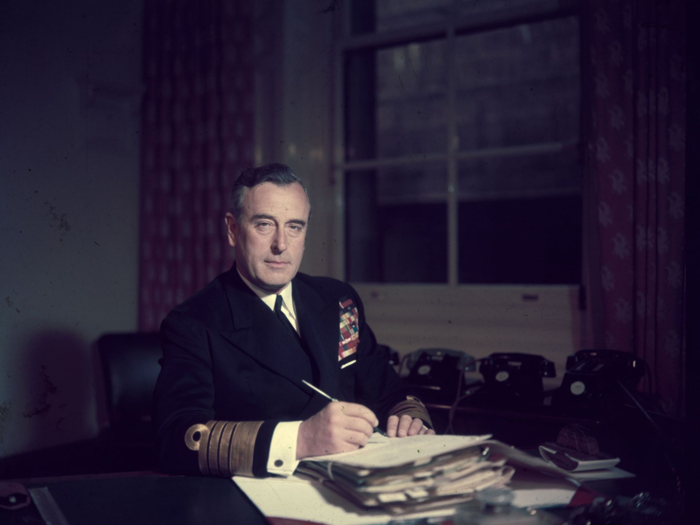
The Irish Republican Army assassinated Lord Mountbatten, a military strategist and mentor to Prince Charles, by planting and remotely detonating a bomb in his fishing boat. The blast killed three others, as well.
The assassination was meant to show that even the pinnacle of British society was not safe from the IRA, as the army attempted to end British rule of Northern Ireland.
According to History.com, the attack, along with another that day that killed 18 soldiers, led to Margaret Thatcher's government taking a "hard-line" stance against the group.
South Korean President Park Chung-hee was assassinated in 1979.
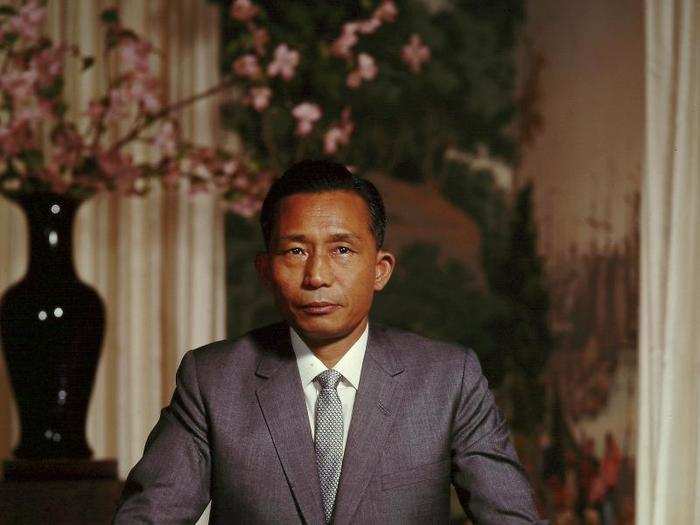
President Park Chung-hee was shot at a restaurant by his friend, Kim Jae Kyu, the chief of the Korean Central Intelligence Agency.
Since Park took over the country after a military coup in 1961, he had ruled with "an iron fist." Kim said he assassinated the president to bring democracy back to South Korea.
Many South Koreans missed Park, because he led the country as it built up its own economy and managed to break away from the US. Since his death, that success is often focused on, rather than his militant regime.
Egyptian President Anwar Sadat was assassinated in 1981.

Assassins pretending to be soldiers shot Sadat as he watched Victory Day celebrations in Cairo.
Steven Cook, who wrote a book called "The Struggle for Egypt: From Nasser to Tahrir Square," told NPR that while the country was shocked at his death, many were ambivalent about his role as a politician.
This was because of some of his decisions during his tenure. His leadership changed Egypt. He pulled away from Russia and moved closer to the US. He also started a war with Israel then ended it several years later.
Al-Zomor, one of the men who supplied ammunition to the assassins, told NBC News while he didn't regret Sadat's death, his successor, President Hosni Mubarak, was worse. According to him, Sadat was "thousands of times better."
Indian Prime Minister Indira Gandhi was assassinated in 1984.
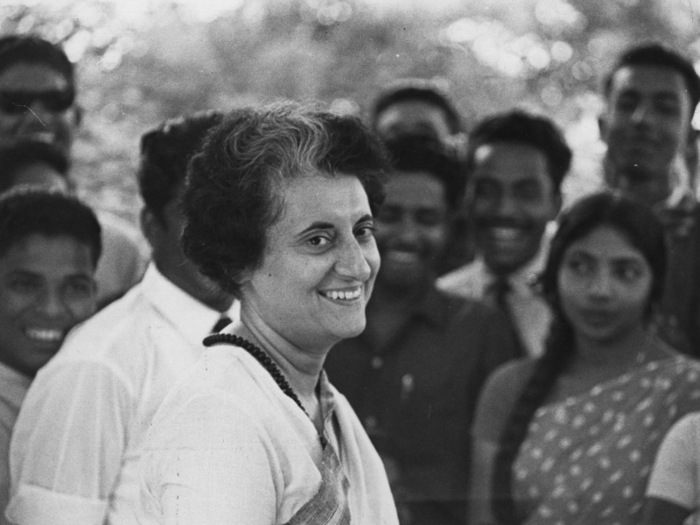
Gandhi, who led the country for 15 years, was shot by two of her Sikh bodyguards.
The assassination was in response to Gandhi ordering the army to raid the Golden Temple, the holiest Sikh shrine, to flush out Sikh separatists who were inside.
Gandhi's death caused widespread violence. Within days, mobs killed thousands of Sikhs, and many police officers and government officials didn't stop the violence, but helped incite it.
Former Indian Prime Minister Rajiv Gandhi was assassinated in 1991.
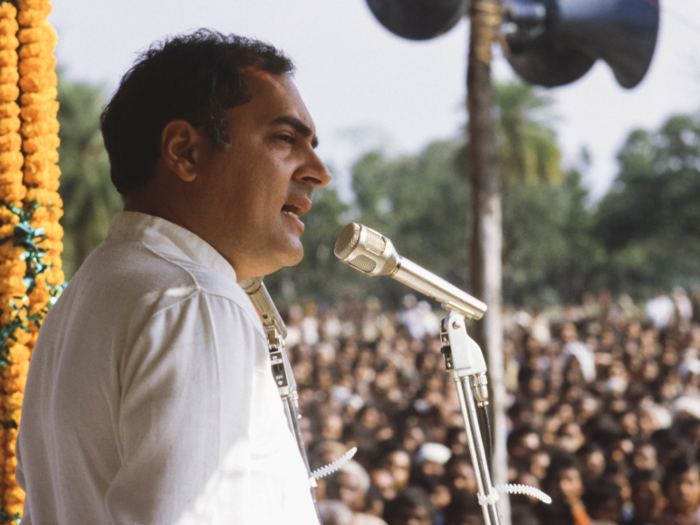
Gandhi became prime minister after his mother's death, but a Tamil Tigers suicide bomber assassinated him in southern India. At the time he was no longer in power and was running to be prime minister again.
Gandhi had made an enemy of the Tamil Tigers, a militant group based out of Sri Lanka, after he sent thousands of troops to help Sri Lanka fight the Tigers four years earlier.
His death had a lasting repercussion for India leaving a "political void," according to The New York Times, since the government had been led by his family for most of the 45 years leading up to his death.
Israeli Prime Minister Yitzhak Rabin was assassinated in 1995.

Yigal Amir, a right-wing Jewish law student, shot Rabin as he left a peace rally.
Rabin had been trying to establish peace between Israel and Palestine. Two years earlier he'd moved things along when he met with Palestine to try establish a way Palestine could be independent.
But Amir didn't want peace with Palestine, and in that regard his assassination of Rabin was successful. According to The New Yorker, his assassination could be one of the "most effective" in history.
Since then there has been no peace deal. As Dan Ephron wrote for Politico, "Thus, in killing the Israeli leader, Amir did better than the assassins of Lincoln, Kennedy and King, whose policies gained momentum as a result of their murders rather than the other way around."
Former Russian spy Alexander Litvinenko was assassinated in 2006.
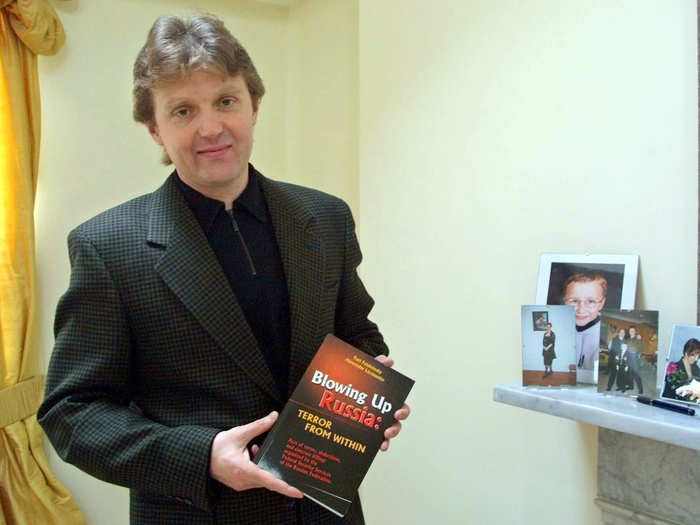
Litvinenko was assassinated with a tea that was laced with a radioactive poison called polonium. It was the only time this form of assassination has ever been recorded.
After an official investigation, it was found that the poison was administered by former KGB body guard Andrei Lugovoi and an accomplice, and that Russian President Vladimir Putin had "probably" ordered the assassination.
Litvinenko was a target because he was about to testify about Putin's government in a Spanish investigation. According to The Atlantic, this was a key moment in Russia's foreign relations, because Putin realized what he could get away with.
Prime Minister of Pakistan Benazir Bhutto was assassinated In 2007.
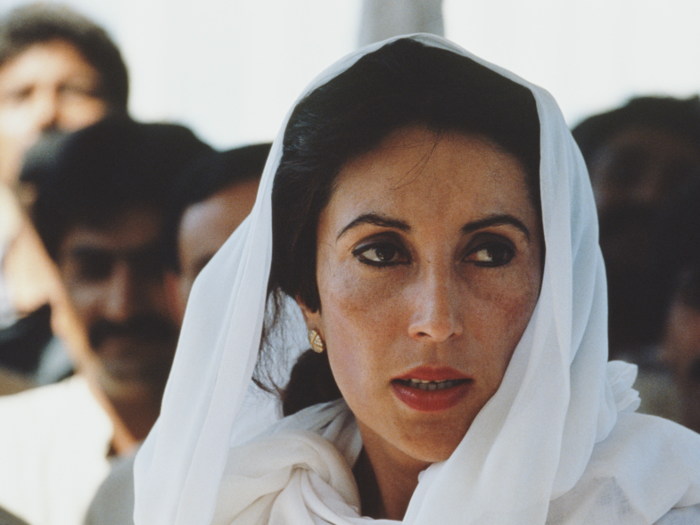
Bhutto, Pakistan's first female prime minister, was assassinated by a 15-year-old suicide bomber after an election rally. There are some disputes over the exact cause, as members of her party said she died by bullet wounds before the explosion.
She had returned to Pakistan only a few months earlier to run for a third term as prime minister, after spending eight years outside the country.
Right after her death, protests went through cities and mobs set trains on fire. Years after her death she's still a symbol in the country, with her face and message used in ads, and by other politicians.
According to Al Jazeera, her death made her "a 'martyr' for the cause of democracy," and washed away many of her faults.
Al Qaeda leader Osama Bin Laden was assassinated in 2011.
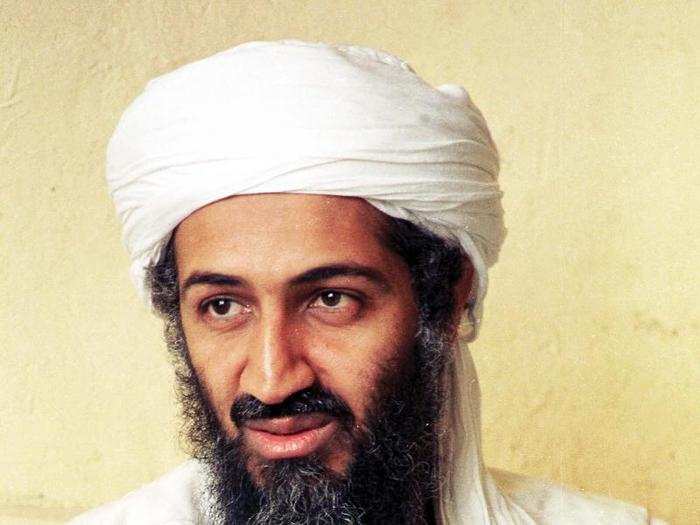
Bin Laden, who was responsible for the September 11 terrorist attacks, was shot by US Special Forces on the orders of former President Barack Obama.
This was one of the US's more successful assassinations, Iain King wrote for NBC, because he was a leader of a terror organization and not part of a recognized state.
Former President Bill Clinton said he had a shot at killing bin Laden before 9/ 11, but to do so he would have had to destroy a town and kill 300 innocent people. So he didn't do it.
Islamic State leader Abu Bakr al-Baghdadi was assassinated in 2019.
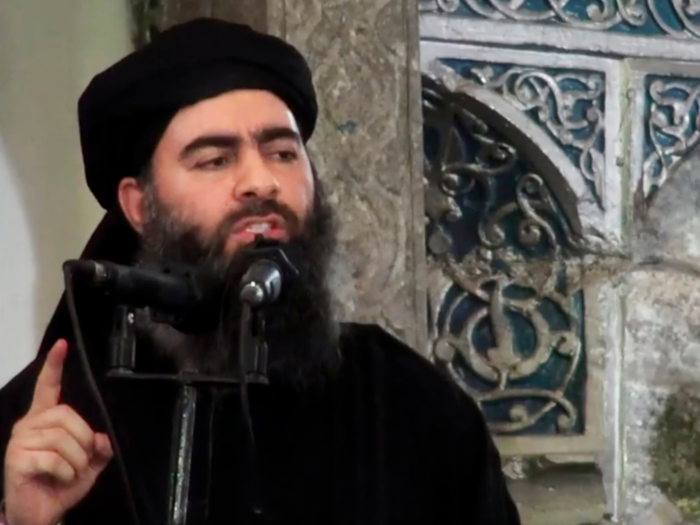
US forces also assassinated Baghdadi.
His death was a blow to ISIS, but didn't cripple it. According to Brookings, Baghdadi's death put the terrorist group on the defensive, meaning it had to focus on its survival rather than conducting more terrorist attacks.
Like Osama Bin Laden, this was another successful assassination for the US since Baghdadi had no ties to a recognized state, Iain King wrote for NBC.
Iranian Major Gen. Qassem Soleimani was assassinated in 2020.
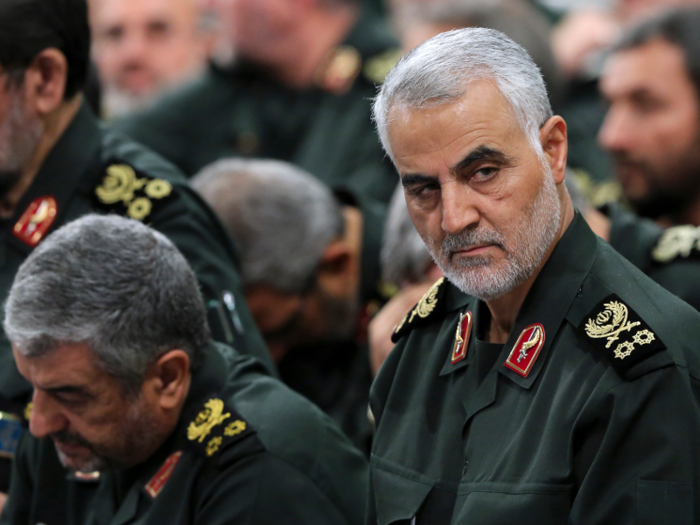
President Donald Trump ordered the assassination of Soleimani by drone attack, near the Baghdad airport.
Soleimani was commander of the Revolutionary Guard Corps, and reported to Iran's Supreme Leader Ayatollah Ali Khamenei. While he was deemed a terrorist in the US, he was lauded in Iran.
After his death, tensions between the two countries reached a fever pitch. Iran promised revenge. Khamenei said the goal was to get the US to leave the Middle East. It launched an airstrike on two US-occupied bases in Iraq, but no one was injured. The US did not retaliate with more military strikes, but the conflict is still simmering.
Popular Right Now
Popular Keywords
Advertisement